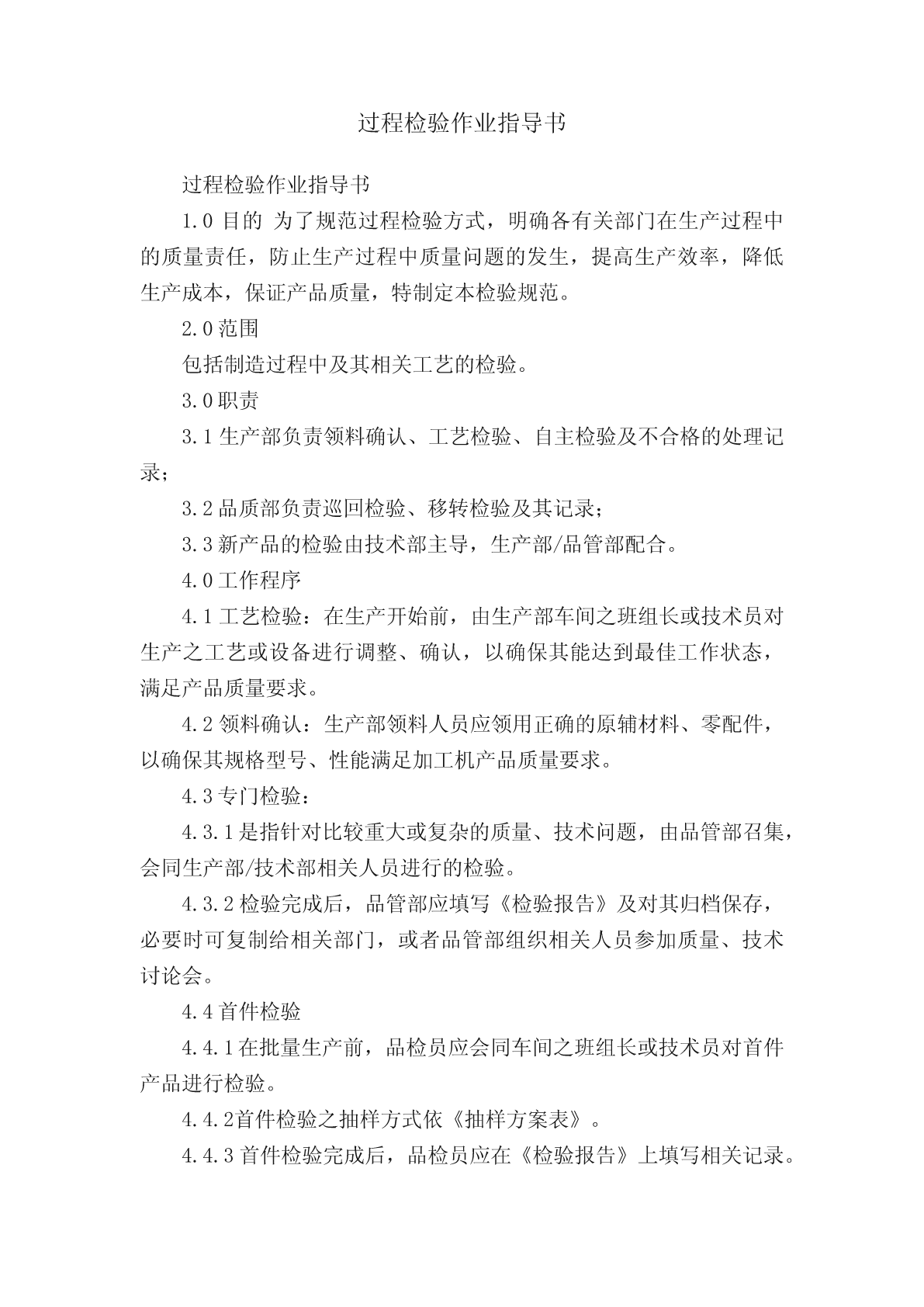









相关文档
(大学毕业论文)基于PLC的X62W万能铣床电气控制系统设计
星级:









 36页
36页










万能铣床电气及PLC控制系统设计
星级:









 18页
18页










毕业设计---X62W万能铣床电气控制线路的PLC改造
星级:









 30页
30页










X62W万能铣床电控系统的PLC设计
星级:









 19页
19页










X62W卧式万能铣床电气控制系统的故障诊断与处理毕业设计
星级:









 26页
26页










基于X62W万能铣床的PLC改造毕业论文
星级:









 13页
13页










x62w万能铣床电气控制线路的plc改造设计
星级:









 27页
27页










毕业论文x62w万能铣床电气控制
星级:









 23页
23页










XW万能铣床电气控制系统的PLC改造
星级:









 11页
11页










毕业设计X62W万能铣床电气控制线路的PLC改造
星级:









 8页
8页



























